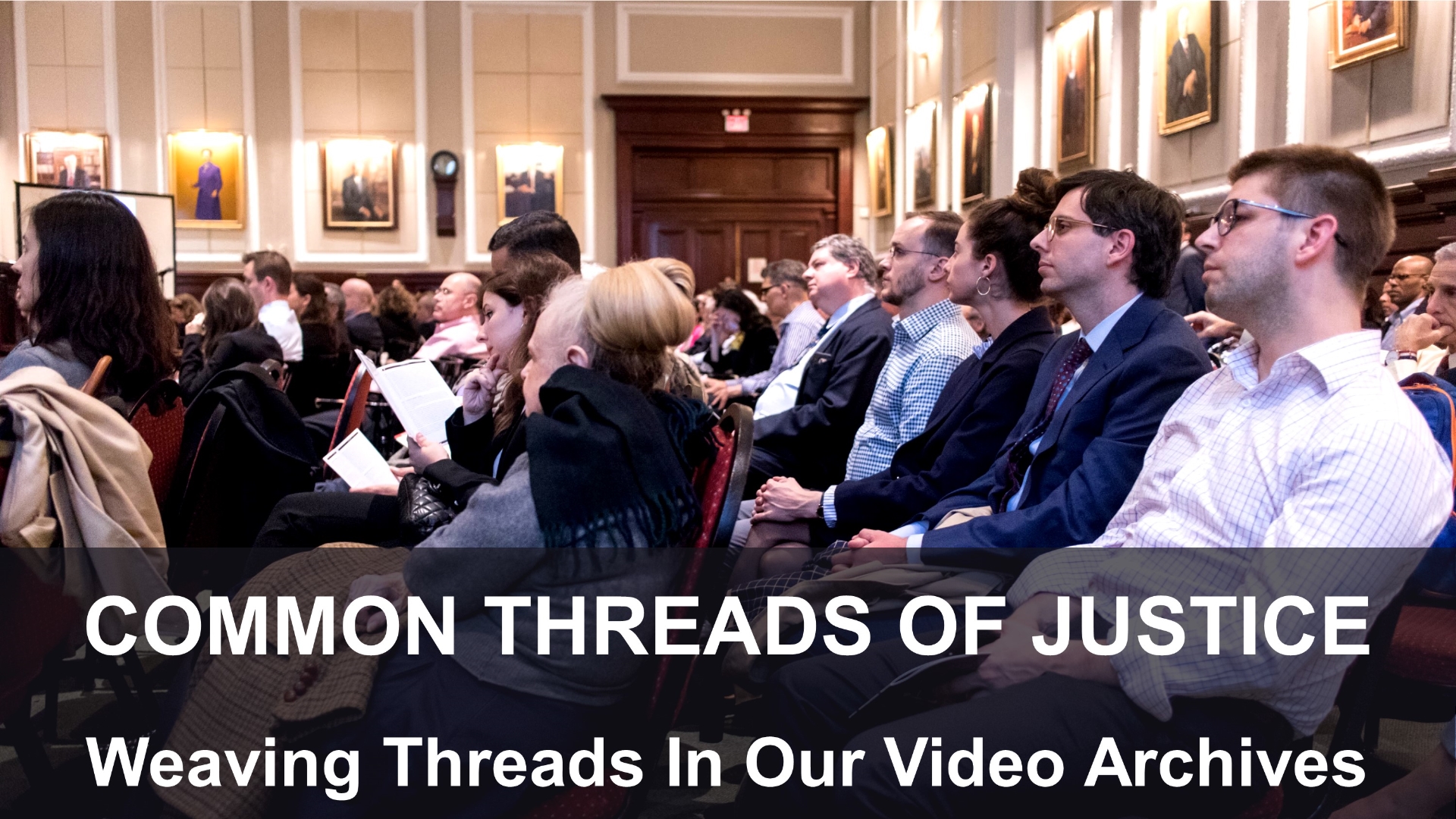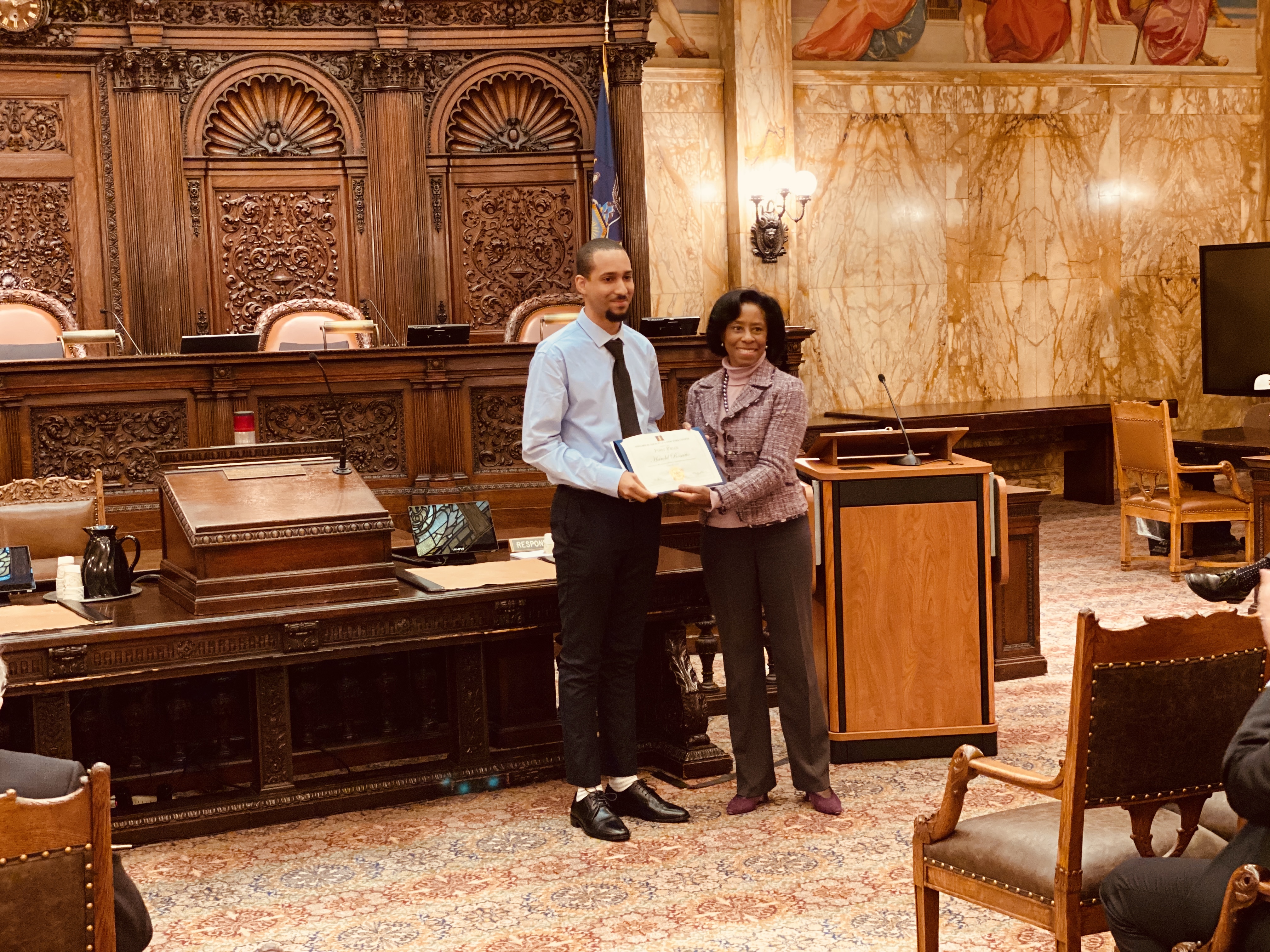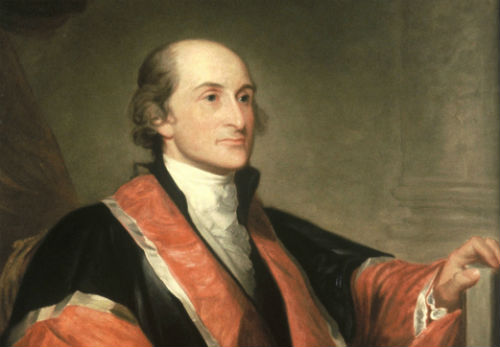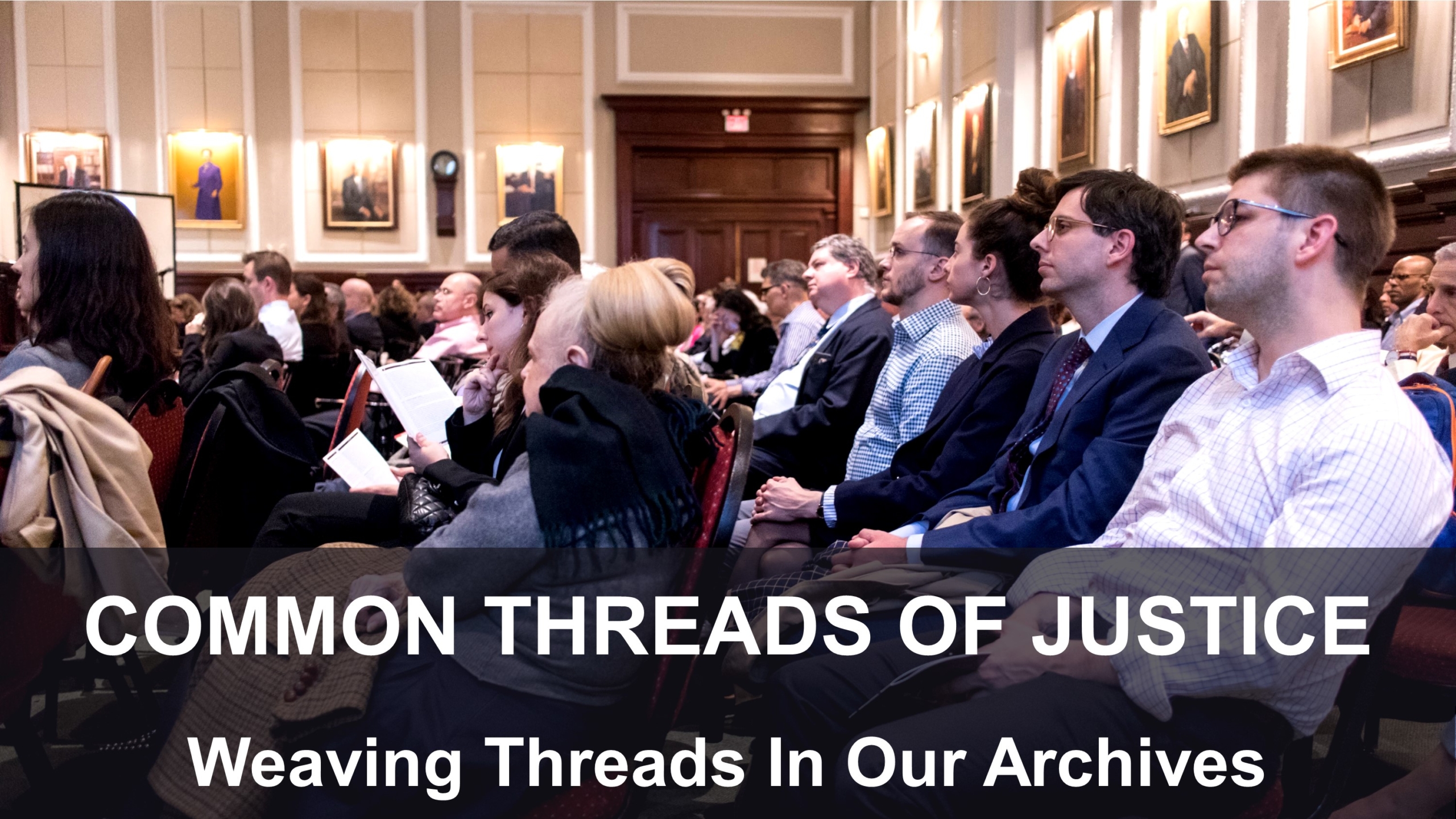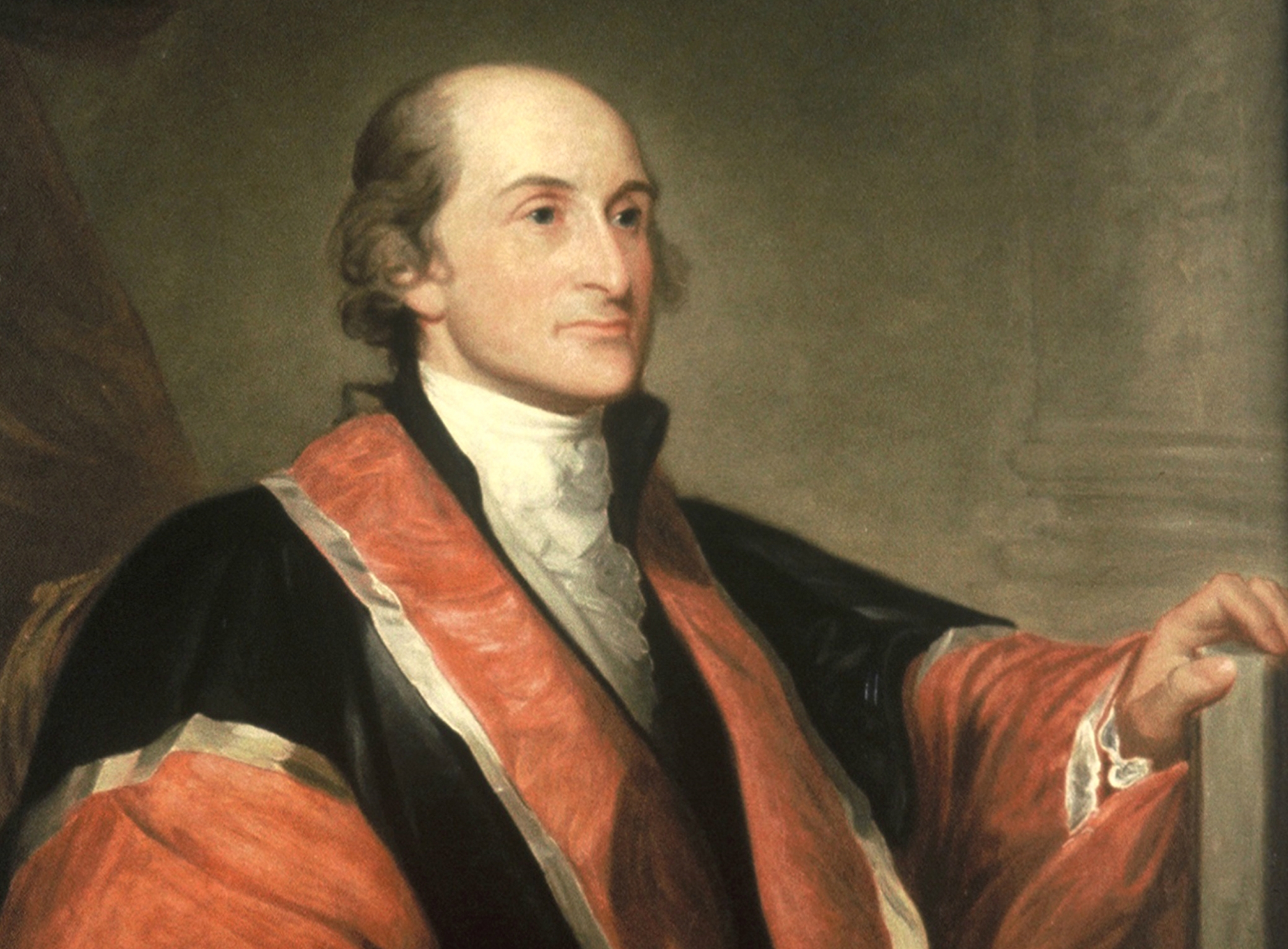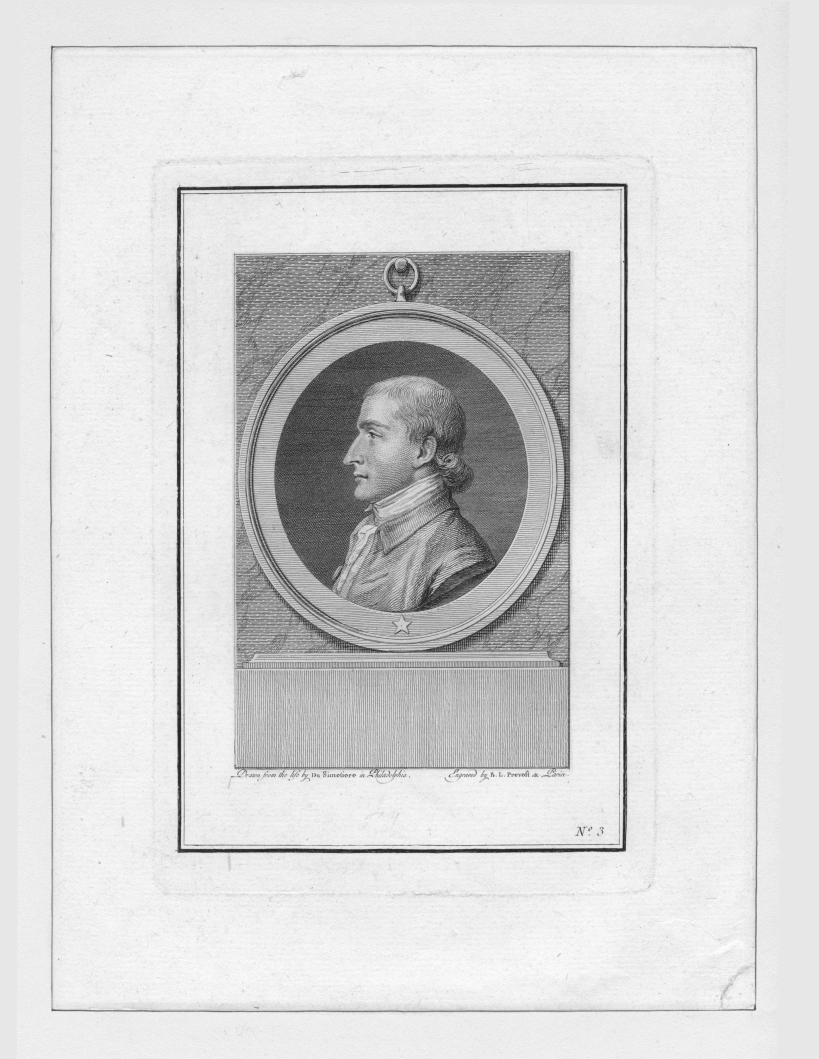This blog article was written by John D. Gordan, III, and it’s a preview of his Judicial Notice Issue 15 article on United States v. William Fullerton. Mr. Gordan is a graduate of the Harvard Law School and clerked from 1969-1971 for the Hon. Inzer B. Wyatt, U.S. District Judge (S.D.N.Y.). From 1971-1976 he was an Assistant U.S. Attorney for the Southern District of New York and thereafter engaged in full-time private practice in New York City until 2011. He was one of the founders of the Historical Society of the New York Courts and a member of its board; several of his articles have previously been published in Judicial Notice. His most recent book is entitled This Practice Against Law — Cuban Slave Trade Cases in the Southern District of New York, 1839-1841.
Judicial Notice Issue 15 is on the way, but we ran into a slight delay and are unable to send the newest edition to your homes. Who are the four men profiled in this new issue? Find out each week as our authors preview their impressive articles.
The new issue of Judicial Notice contains an article about the trial of William Fullerton, who in 1867 sat on the New York Court of Appeals. On September 14, 1868, Fullerton was appointed by President Andrew Johnson to prosecute evaders of the 1864 federal whiskey tax in the federal court in New York. On November 23, 1868, the United States Attorney for the Southern District of New York, Samuel G. Courtney, obtained Fullerton’s indictment for alleged participation in the shakedown of a Revenue Collector in June 1868. Earlier in November, Fullerton had traveled to Washington to warn the President and the Secretary of the Treasury that Courtney was in league with the whiskey tax evaders. That warning had earlier been given by John M. Binckley, a former Acting Attorney General who was the first to be assigned responsibilities similar to Fullerton’s but who resigned after a month. Fullerton was tried and acquitted in March 1870.
Surprising as this story sounds, it nevertheless pales in comparison with the “Whiskey Ring” conspiracy centered in the Midwest, primarily St. Louis, magnified starting in 1871, with the assignment of John McDonald to St. Louis as Supervisor of Internal Revenue for the Midwest. Apparently conceived in aid of political fundraising, the “Whiskey Ring”, operated by local Internal Revenue officers in collaboration with distillers and other participants in the manufacturing process, generated substantial illicit revenues through the evasion of the whiskey tax. Some of these moneys were applied to the campaign expenses of President Ulysses S. Grant.


